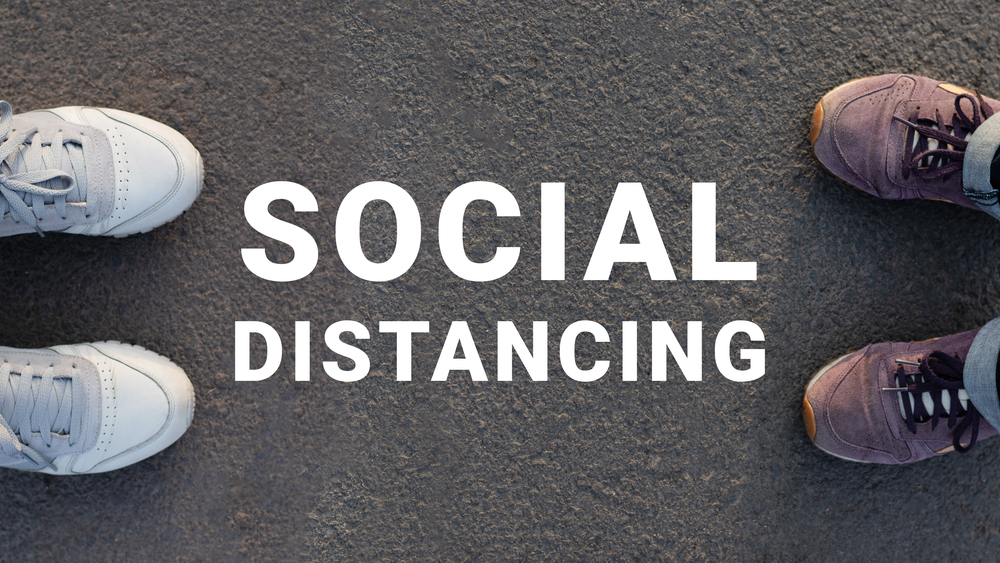Back to articles
Has UWB found its killer application?

UWB is emerging as the best solution for precise distance measurement in social distancing applications.
Ultra wideband (UWB) has been around for nearly thirty years. From the outset, the RF technology promised very high data rates with low power consumption by spreading the signal across a wide bandwidth. But while the military found uses for UWB in radar applications and other areas, the technology struggled to impact consumer products. For example, early promise for battery-powered PC peripherals faded as real-world performance failed to match expectations.
But a revised standard, new commercial silicon, and the backing of Apple have seen a resurgence. And not a minute too soon as UWB, paired with Bluetooth Low Energy, proves an ideal solution for the social distancing wearables needed to manage the COVID-19 pandemic.
High throughput with immunity to multipath fading
The U.S. Defense Advanced Research Projects Agency (DARPA) coined the term “ultra wideband.”It describes an RF technology that transmits information by generating very short (nano or even picosecond) and precise radio pulses at specific time intervals across a large bandwidth (up to 1.35 gigahertz in the latest IEEE standard). Information is carried using pulse position- or time-modulation of these pulses. High throughput (up to 27.24 megabits per second in the standard) is achieved by employing high pulse repetition rates.
In comparison, Bluetooth Low Energy is a narrowband technology transmitting its packets on two megahertz channel width and maximum throughput of two megabits per second.
One key advantage of UWB is that the low power spectral density provides immunity to the multipath fading and interference that can plague narrowband short-range wireless technologies. A major trade-off is that the gigahertz operating frequencies are absorbed by walls and other obstacles limiting operation to line-of-sight applications.
Precision distance measurement
UWB offers a promising option for real-time location services (RTLS) applications. These types of applications rely on rapid measurement of an object’s distance and location relative to a reference point. Examples include asset tracking, indoor navigation, and social distancing.
Read more: Quuppa's Direction Finding Experience Comes to Bluetooth
Conventional short-range wireless position measuring systems use Received Signal Strength Indication (RSSI) techniques to estimate the distance between two transceivers by gauging how much the signal power has diminished since it left the transmitter. Unfortunately, obstacles such as walls and furniture introduce variable effects such as multipath fading – making the signal strength a much less precise indicator of actual distance.
UWB overcomes this drawback by ignoring signal strength.Instead it measures the distance between two UWB radios by timing how long it takes for a radio pulse to reach the receiver and return. The accurate distance estimate can be calculated by factoring in the receiver latency and the speed of light.
The target’s position is found by measuring the Angle of Arrival (AoA) of the incoming pulses, using multiple antennas. Combining distance and direction data then enables the system to determine precisely where, in three dimensions, the transmitter is located.
Combining with Bluetooth LE in social distancing wearables
UWB does lack many of the inherent advantages of a mature short-range wireless technology like Bluetooth LE. These include low power consumption, broad industry support, and smartphone interoperability.
Companies such as Decawave (now part of Qorvo) and Insight SiP offer modules that combine the strengths of Nordic’s nRF52832 Bluetooth Low Energy SoC with those of commercial UWB chips to power social distancing wearables like PHYTEC’s Distancer. The Distancer is a workplace social distancing tracker that was developed specifically to combat COVID-19.
Applications such as the Distancer use the low power Bluetooth Low Energy radio to approximate the target object’s position—a process which requires a relatively large amount of RF activity—and then switch to the UWB radio for the shorter precision location operation. This mode of operation minimizes the on-air time for the higher power UWB radio to extend battery life. Besides, the Bluetooth LE/UWB combination allows the RSSI to be used as a fallback technique should a non-UWB target device be encountered.
Promising commercial future
Until wide-ranging vaccination programs bring the SARS-CoV-2 virus to heel, Bluetooth Low Energy/UWB-powered products are likely to play an increasing role in managing the pandemic. That will raise UWB technology’s profile in the public’s perception and provide a healthy market for chipmakers. Beyond the pandemic, the RTLS sector is set for rapid growth—with analyst Allied Market Research forecasting a 30.2 percent CAGR between 2019 and 2026—helping to underpin UWB technology’s prospects.
UWB’s emergence as a consumer technology received a further boost when Apple incorporated its own UWB chip in the iPhone 11 to “bring spatial awareness” to the smartphones and encourage new consumer applications, beyond PC peripherals and contact tracing, that would benefit from precision location technology.


